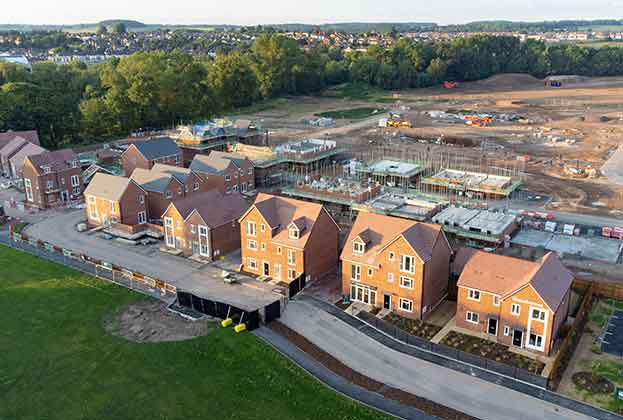For a generation or more, councils that retained ownership of their council housing have argued for more freedom and flexibility to get back into building homes again. And there are some pretty straightforward reasons for encouraging them to do so: many have well-connected land; funding is currently cheap and relatively available; and there is massive need for new affordable homes.
Yet for that generation the story was one of decline: starved of funding, a ridiculously archaic subsidy system that actually acted as a tax on our poorest residents … and a 30+ year history of the Right to Buy (RTB).
Gradually over time, however, we have been seeing opportunities to stem the decline. While the self-financing deal in 2012 brought in a new era for council housing finance, the blockages to development were well known: a cap on borrowing and the extension of RTB discounts. The sector has argued for years that these policies militate against the delivery of the number one government housing objective: to build more homes.
Yet these blockages are now being tackled: £2 billion Homes England grant for social rented homes, a council housing grant programme from the Mayor of London and a £1 billion Borrowing Programme to extend the Housing Revenue Account (HRA) debt cap.
Might we also about to see some of the challenges around RTB addressed as well?
Savills has recently undertaken detailed research for the Local Government Association analysing how current rules on the reinvestment of RTB receipts introduced in 2012 (the so-called 141 agreements) impact. This research highlights the following issues:
- With borrowing capped, authorities will quickly run out of headroom, leaving them struggling to replace any homes sold through RTB.
- The ‘matched funding’ principle means receipts can only be used for 30 per cent of developments; this does not work best for many authorities. A more flexible, locally based approach would mean more homes.
- Receipts can only be reinvested in socially rented homes, but many councils need a more flexible approach. The definitions of affordable housing are being extended in other areas of housing policy – why not for this?
- A high fixed percentage discount rate is a blunt instrument for sales values, particularly in the Midlands and North where some homes are sold at really low prices. Reducing discounts selectively, in agreement with local authorities, would see fewer homes sold and more replaced, without fundamentally affecting the basis of the policy.
And in terms of actually building new homes, the biggest challenge is that authorities must reinvest receipts within three years or lose them –- this despite the fact that the Home Builders Federation itself says that the average time from planning permission to completion is 3.25 years.
The Government has signalled that it will consult on many of these issues when the Borrowing Prospectus comes out. The ability for authorities to utilise RTB receipts, grant and borrowing together in delivery programmes promises to offer the kind of flexibilities that are needed.
But there is a case for going further.
Our research flags the additional challenges that face all developers: reducing land availability and rising construction costs – which further reduce the potential for replacements.
And the Government still retains a share of all RTB receipts. Is it now time for a proper debate with government to see if this element of the receipts pot can be retained locally?
Finally, there is also the policy itself. Does Right to Buy achieve its stated aims? As with any era-defining policy, the right to buy divides opinion. Is it a route to the property owning democracy? Or is it the root of our current shortage of affordable housing?
That flexibilities are set to increase is welcome – anything that enables more homes is a good thing. But if we are to really tackle the housing shortage, maybe a more fundamental review is needed.
Further information
Read more: Summary Report 2018: LGA: Sustainability of Right to Buy

.jpg)
.jpg)
.jpg)
.jpg)
.jpg)
.jpg)
(1).jpg)
.jpg)
.jpg)
